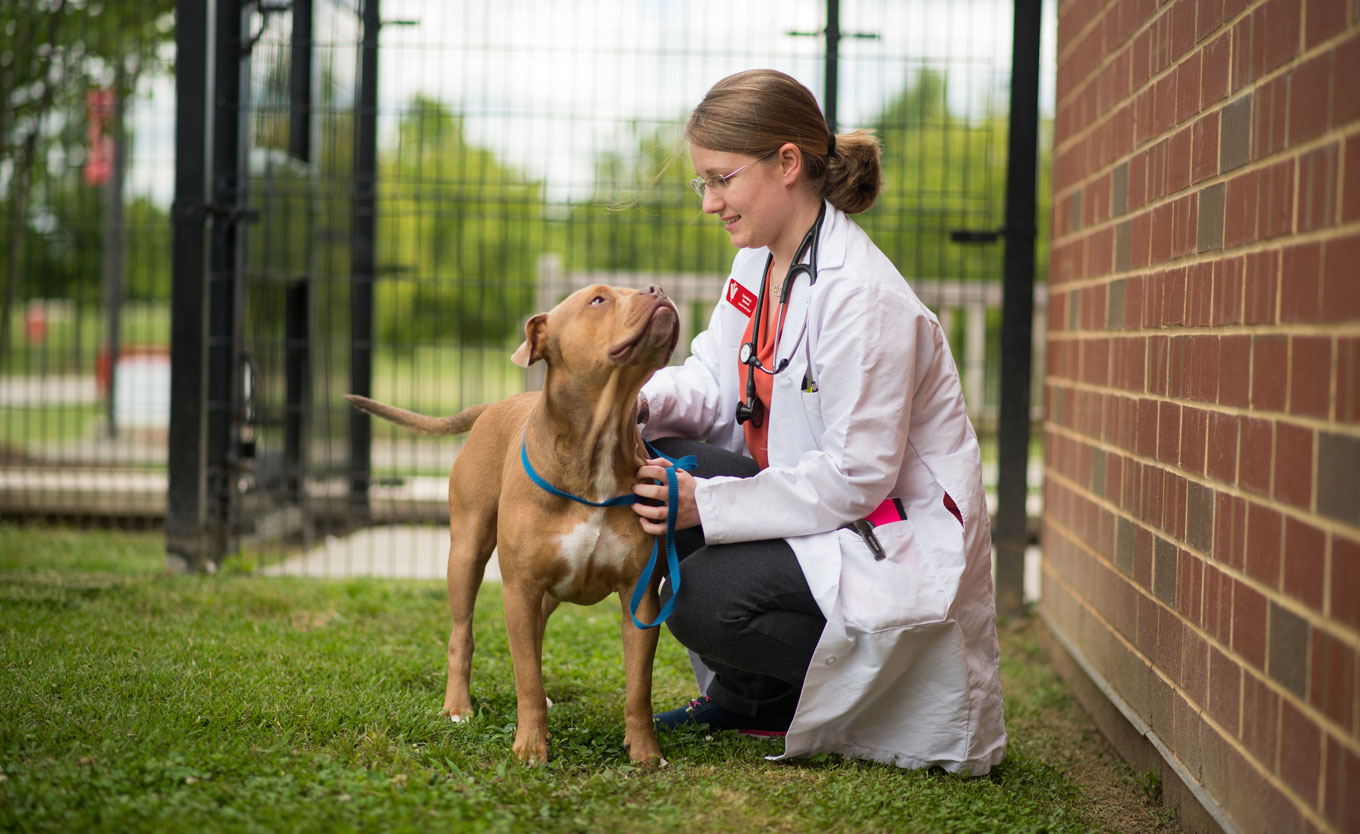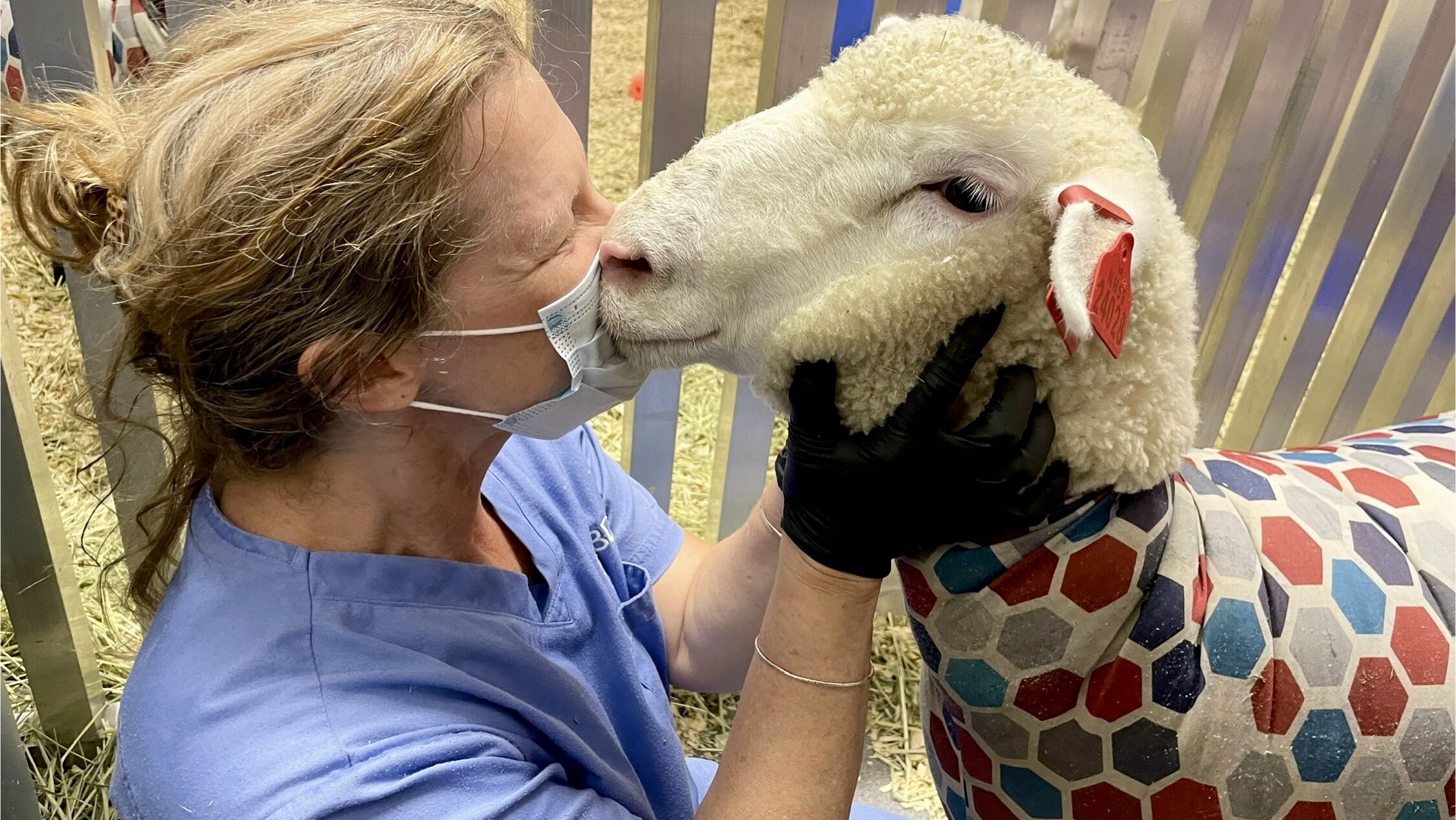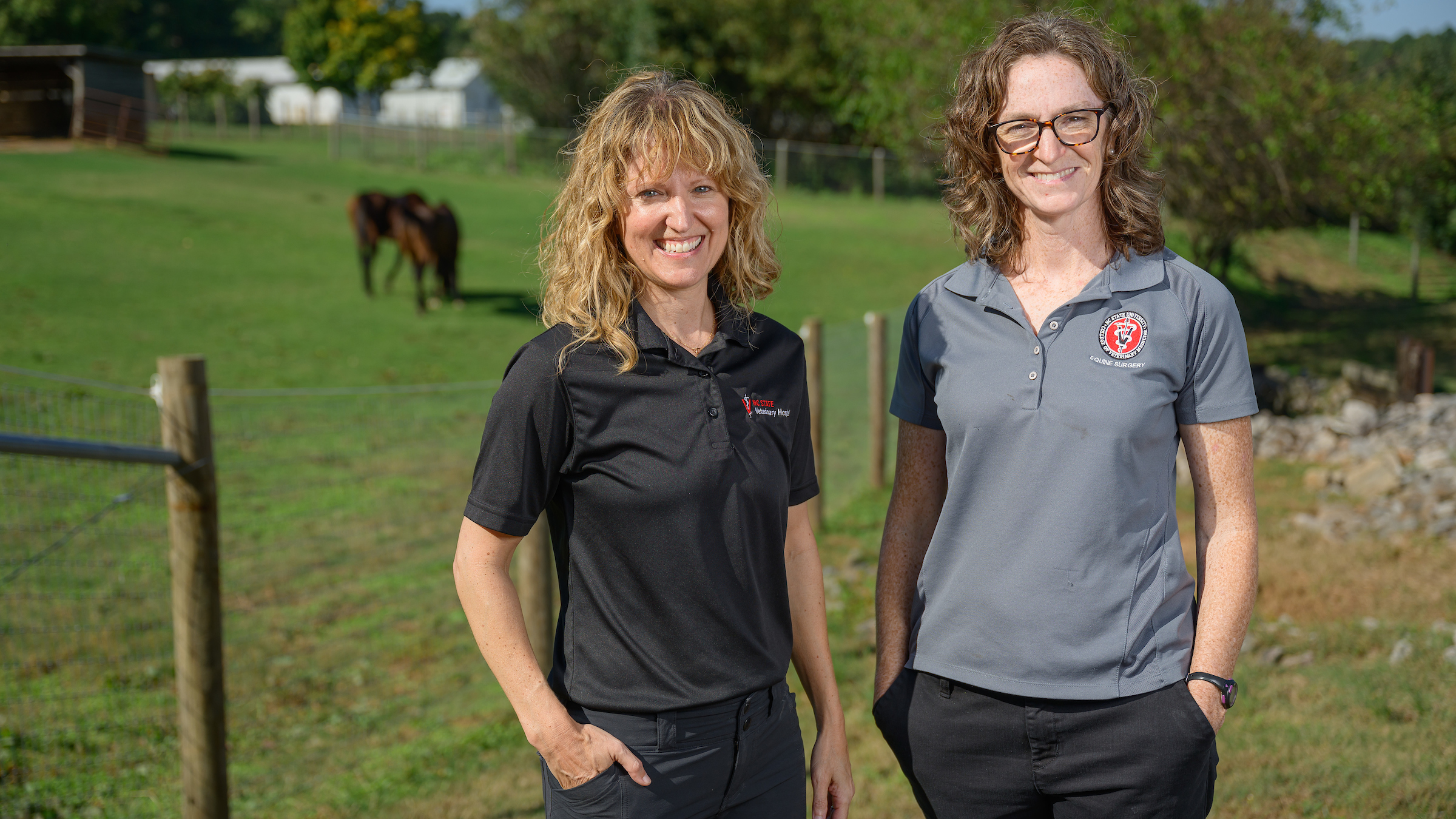Teaming up for Nekot

“We first saw Nekot through the ER service in April 2015 for a history of increased breathing rate, heart rate and exercise intolerance,” says cardiology resident Brent Aona. “He was diagnosed with a cardiac arrhythmia known as supraventricular tachycardia. “The reason for his fast heart rate was due to a congenital problem called an accessory pathway, where the electrical conduction in his heart has the normal pathway plus an extra pathway. This allows the electrical conduction in his heart to periodically go much faster than it normally would. While he was well-managed with medications, these medications can have side effects [particularly on the kidneys and electrolytes], they are expensive and they are more of a Band-Aid for the arrhythmia and congestive heart failure as opposed to fixing the underlying disease process.”
In this case, fixing the problem is where the important role of teamwork comes into play. Yes, it’s true that we’re in Atlantic Coast Conference country, and when we think of teams, we most often think of the intense collegiate sports rivalries. But when it counts the most, even rivals can collaborate, as we’ll soon see.
The “extra pathway” Aona mentions that was causing Nekot’s rapid heartbeat was actually caused by abnormal extra tissue. The preferred treatment for such conditions is ablation, a process that simply eliminates the excess tissue, resulting
in a heart that can function normally. NC State had recently acquired the necessary equipment to perform heart ablation thanks to a generous grant, but had not used it yet. And that’s where a little help from our experienced friends from the world of human medicine came in handy.

Bruce Keene, the attending veterinarian on the case, explains: “Through a research grant, the NC State cardiology service had acquired the St. Jude EnSite electrophysiologic imaging system, a radiofrequency generator, and with the help of Salim Idriss and one of his colleagues, Christine Meliones, nurse practitioner, at the Duke pediatric cardiac electrophysiology service, the expertise needed to try to permanently correct Nekot’s heart rhythm abnormality. “After identifying the source of the rhythm disturbance … the team was able to successfully ablate the abnormal tissue, eliminating Nekot’s rhythm disturbance, and with it, the need for life-long medication and the risk of ongoing heart failure.”
And there you have a textbook example of how the ability and willingness to work as a team results in world-class veterinary care. NC State’s in-house group of exceptional clinicians, supported by funding from a research grant and advanced technology, and the ability to call on the expertise of external partners when needed, results in the perfect outcome.
Even when the partners are NC State and Duke.
~Steve Volstad/NC State Veterinary Medicine
- Categories:


